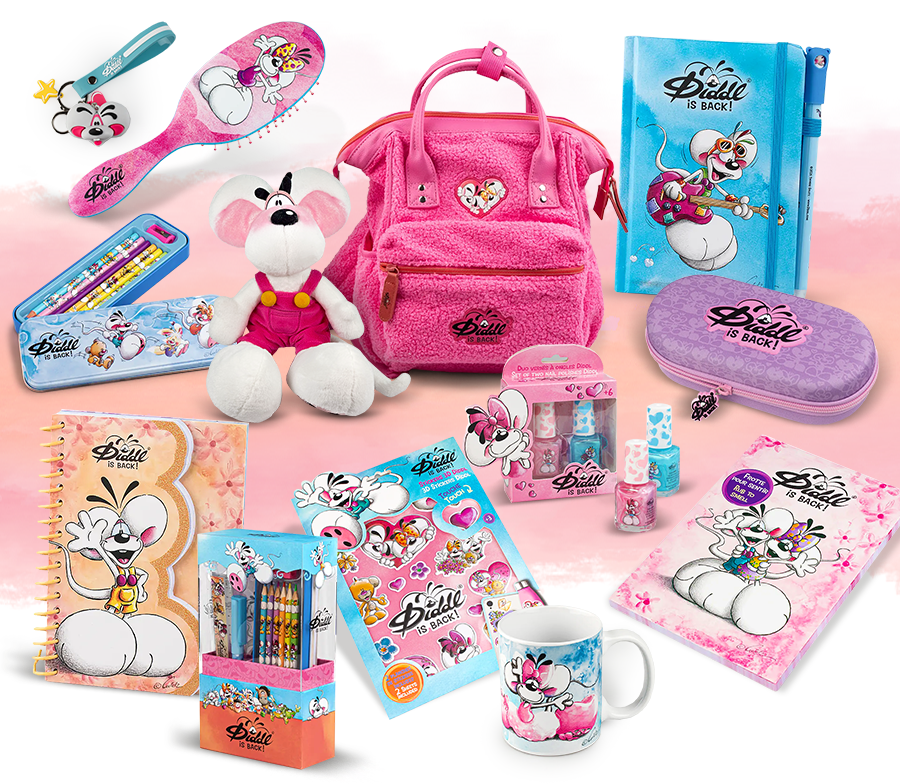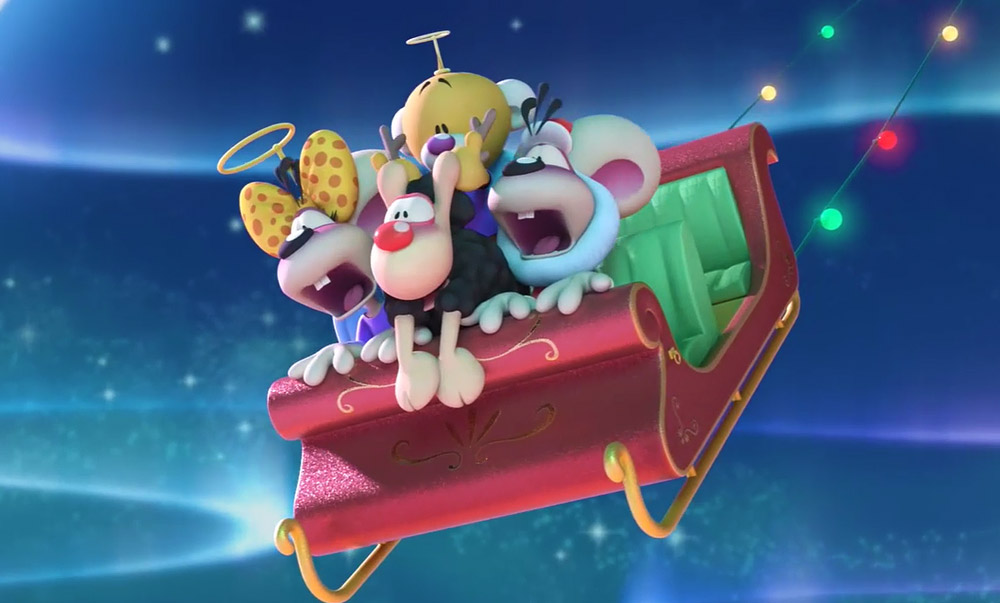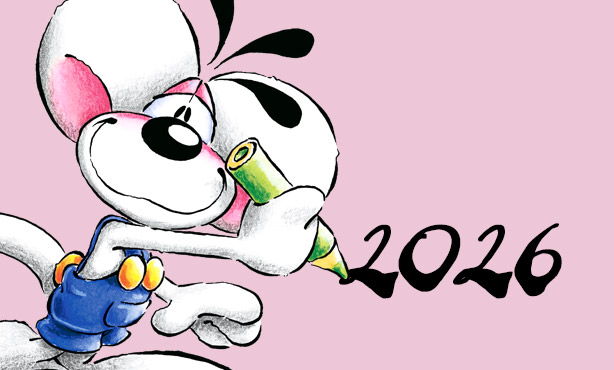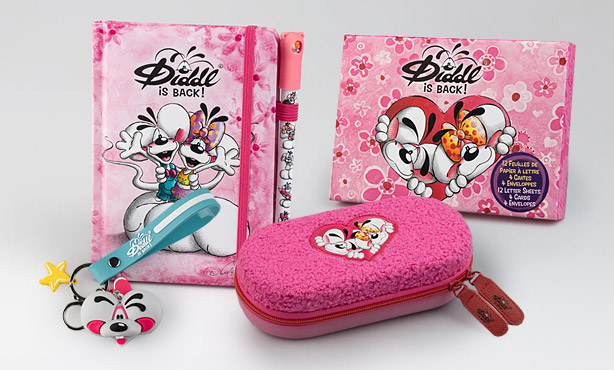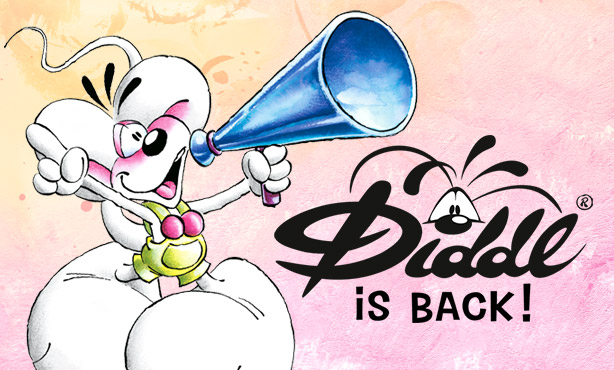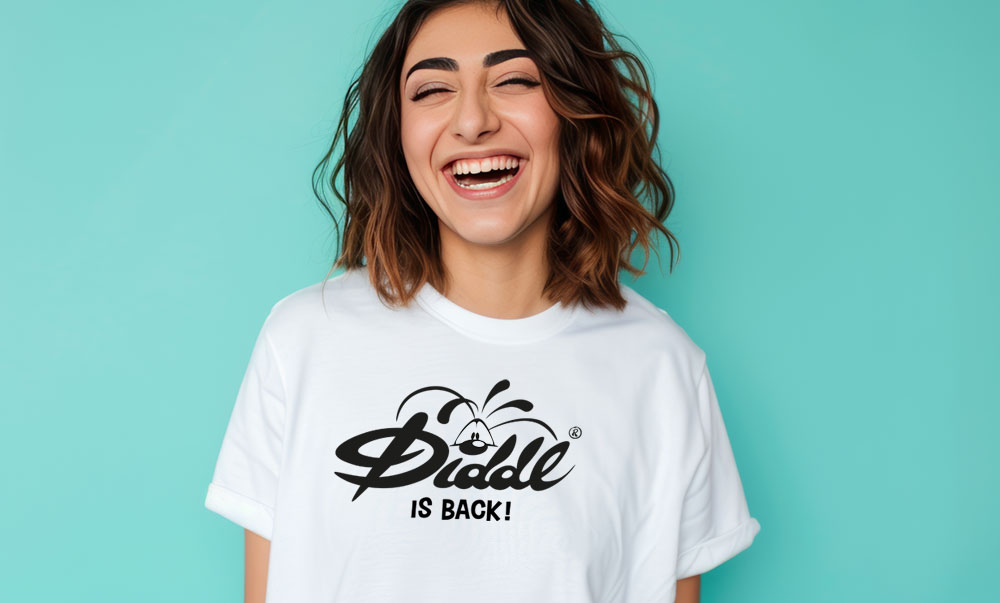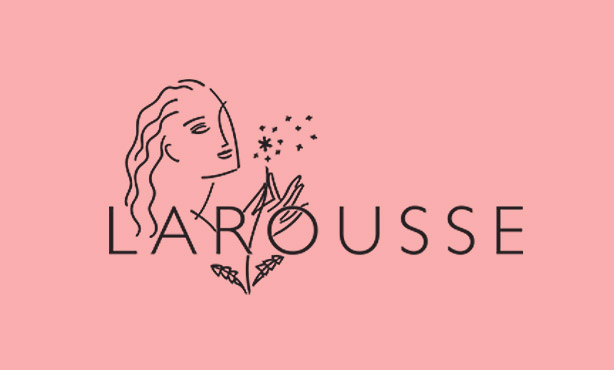Illustrator, graphic designer, photographer, composer, musician, author, narrator, and director—a true all-round artist and creator of the Diddl world. In 1990, he created the famous cartoon mouse Diddl. Dozens of other characters and thousands of products followed from his pen. Together with his wife, he managed the design and development of Diddl's huge collection of gift items and merchandise in cooperation with Depesche GmbH from 1991 to 2013 and established Diddl in almost 30 countries. He composed Diddl's music CDs and produced Diddl's exhibitions and stage shows. For Diddl's 30th stage anniversary, he created the Diddl Mini Movies and, as a special highlight, lent his voice to all of his characters. Thirty-five years after Diddl's birth, he continues to accompany Diddl and his friends on their exciting journey into the future.
How did your artistic career begin?
As a child, I always loved to draw—decorating school blackboards and student newspapers with caricatures, drawing comic figures and animals. After finishing high school, I became a graphic designer and worked in advertising for some time. In 1990, I became self-employed.
And how did Diddl come about?
Among countless animal drawings that filled my sketchbooks, Diddl suddenly hopped onto my paper one day. It was a very special moment for me. I designed a few postcards featuring him and sent them to various publishers. The company Depesche immediately called and ordered an entire series, which was released in early 1991.
Why do you remember so precisely that you first drew the mouse on August 24, 1990?
Of course I remember that day—it was the day I proposed to my wife.
What did you want to achieve with Diddl?
I didn’t have any specific plans; I simply wanted to have fun with my artistic work and somehow make a living from it.
Where does the name “Diddl” come from?
I was looking for a suitable name that would sound good for my mouse and be completely new—something you couldn’t find on Google. That’s how I eventually came up with “Diddl.”
Did you expect this great success?
No, of course not. Although I somehow felt that it could be the beginning of a wonderful story, I never expected such a success story.
You built Diddl together with your wife – what was/is that collaboration like?
We’ve known each other since elementary school, have always been a great team, and have been working together for over 40 years now. She’s also a very creative person, supports me in all projects, and is the best partner and greatest inspiration I could wish for.
Did you draw every Diddl mouse yourself?
Yes, in the early years, until my wife joined the Diddl world. Later, a few diligent illustrators helped us.
Did you receive fan mail from children back then?
Oh yes, mountains of it! Several fan coordinators were busy answering the many letters and emails. Through our print magazine “Diddl’s Käseblatt,” we held hundreds of creative competitions for Diddl fans, each attracting tens of thousands of submissions.
And today?
Even today, I still receive fan mail from now-grown-up fans who thank me for a wonderful childhood with Diddl. It always makes me very happy, even though I can’t reply to all of them.
You’ve always stayed more in the background. Was that a conscious decision?
Yes, I’ve always preferred to let my characters take the stage while I remain in the background as their creator and director.
What would you be doing today if it weren’t for Diddl?
I would definitely still have a creative, artistic profession. My life would probably look quite similar.
What do you think was Diddl’s recipe for success?
Actually, three things: luck, hard work, and talent. Meeting the right people at the right time, with the right ideas, and staying dedicated with lots of effort and joy from the heart.
Did the 1990s contribute to that success?
I think so. After German reunification, there was an incredible spirit of optimism throughout Germany—a longing for a shared future. The cheerful, positive messages and colorful Diddl products fit perfectly into that mood. Diddl became something like a mascot of the 1990s across Europe.
Which character from the Diddl universe do you personally like the most?
All of my characters—Diddl represents them all.
How did the success of the mouse shape or change your life?
Diddl’s success gave me artistic independence and allowed us to live a good life. I was able to realize many creative projects through him.
Did the mouse make you rich?
Let’s just say my heartfelt wish—to live comfortably from my art—was more than fulfilled.
Do you still hold the rights to the mouse today?
Yes, all rights belong to me.
How many everyday items in your home still feature Diddl today?
On a few mugs, pens, and note pads that we still use regularly.
Did you also collect Diddl merchandise yourself?
Of course. We own the largest Diddl collection in the world—at least one of every product ever made. A “cheesy-cool” treasure of over 20,000 unique Diddl items that really should be displayed in a Diddl museum.
What would you do differently today, knowing what you know now?
Maybe we could have adapted better to new media and smartphones, which suddenly changed the market dramatically. Depesche was very focused on analog products. But I think we did most things right with Diddl.
What are you most proud of when you look back at Diddl’s story?
The hundreds of thousands of submissions to Diddl’s creative competitions, Diddl’s children’s aid projects we were able to realize worldwide, and the incredible gratitude from fans who still thank me for a wonderful childhood.
What was your favorite Diddl product over the years?
Definitely the postcards—that’s where it all began. But also the first Diddl plush toy, which I created together with my mother. All the plush manufacturers struggled to reproduce Diddl’s extreme body proportions—thin legs and huge feet. But my mother was a skilled seamstress and designed the very first plush prototype, which eventually went into mass production.
How many different Diddl products were there in total, and in how many countries were they sold?
There were over twenty thousand different individual products, sold in almost 30 countries.
Many people remember Diddl mainly because of the Diddl notepad trading craze. For those who don’t know—what was that exactly?
That was a real phenomenon. We had released Diddl notepads and writing pads, each sheet decorated with Diddl motifs. Over time, children started trading these sheets among themselves, carefully storing them in plastic sleeves and binders—without us ever suggesting it. Half of Europe was eventually caught up in this “Diddl trading fever,” and we could barely keep up with printing more. Children would even meet daily to trade their sheets—even during school breaks!
So it basically “went viral,” as we’d say today?
Yes, we even heard that some schools introduced an official “Diddl trading hour” once a week to keep students from secretly trading under their desks during lessons. It was essentially a huge community of Diddl fans who met and “exchanged” with each other—in the truest sense of the word. In a way, it was the very first “analog social network,” long before Facebook and other digital ones existed.
What were the so-called “Golden Sheets”?
Each sheet featured a Diddl motif and the Diddl logo in the corner. The sheets where the logo happened to be printed in yellow were called “Golden Diddl Sheets” by the kids, who decided they were worth ten times more than regular sheets. So, one “golden sheet” could be traded for ten “normal” ones. The children basically created a new currency.
And the scented sheets?
There were also some series of scented Diddl sheets that released different fragrances when rubbed with your fingers. The fans loved them—and they still smell nice even today!
Is it true that the sheets now have significant collector’s value?
Yes, they’ve become real rarities and are highly valued and sought after by collectors. I’ve heard some are traded for several hundred euros.
Why did things quiet down for Diddl in the 2010s?
We’re not entirely sure. Probably because people spent more time on smartphones, social media, and free apps—leaving less time for Diddl.
After a ten-year break, new Diddl products recently appeared in France. How did that happen?
More and more fans asked Kontiki, Diddl’s former French distributor, to bring Diddl back. Diddl was their whole childhood, and they wanted to share those happy memories with their own children. When Kontiki reached out to me, I was immediately excited about the idea—and we got started.
How were the new products received in France?
The first “Diddl is back” product line sold out in many places within just a few days. New collections are already in the works.
And what’s next?
Several European companies have already requested and received product licenses for Diddl. More countries are being planned.
What do you feel when you still see the enthusiasm from fans after 35 years?
It makes me incredibly happy to see how much joy Diddl has planted in the hearts of fans. I can spend hours watching cheerful Diddl fan videos on Instagram and TikTok. It’s wonderful to see how happy and euphoric young adults still are about Diddl items and how they relive their childhood memories.
So, Diddl is back?
Yes, the time is right again—for true friendship, nostalgia, and youthful lightheartedness. All these values, sweet scents, and beautiful feelings are perfectly embodied by Diddl and his friends. The power of love! Diddl is back!






